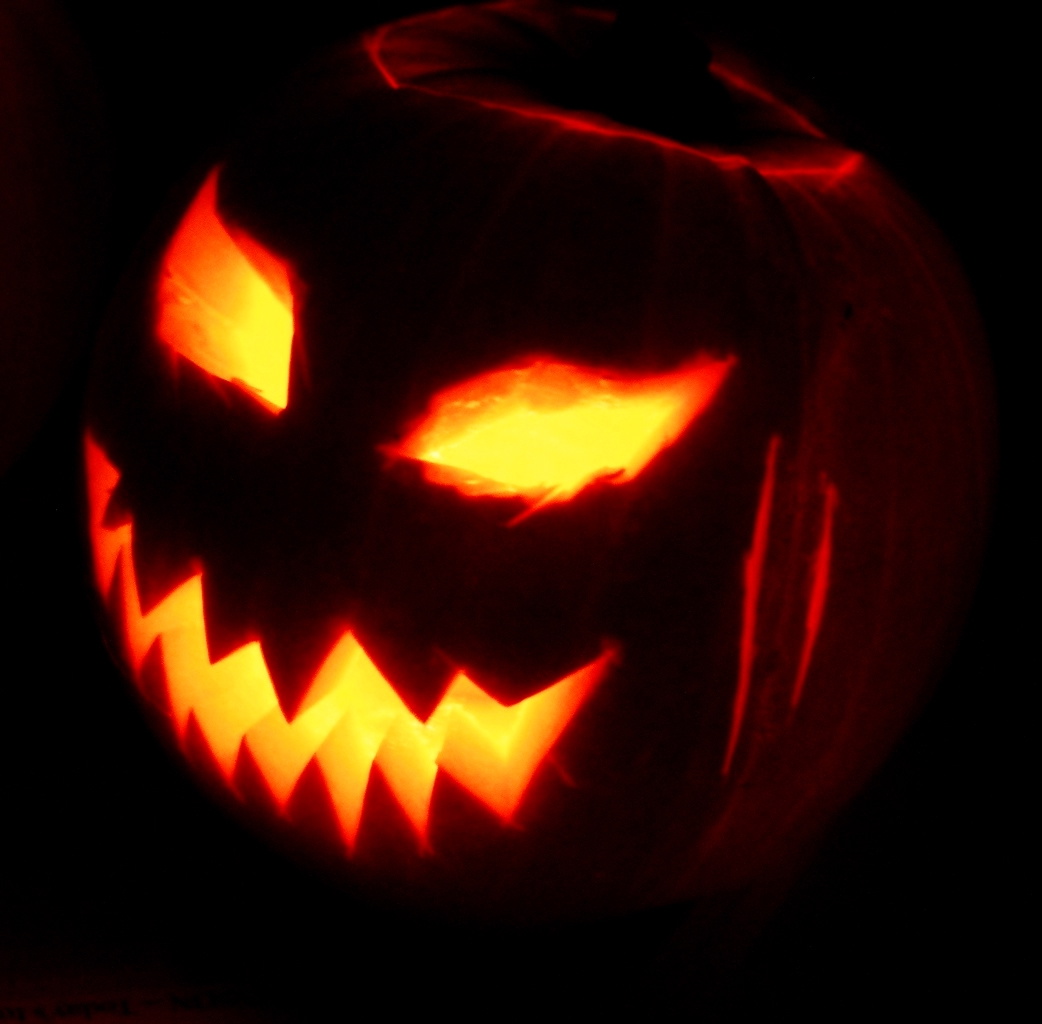The winter-dark leaves on the rhododendron visible from the kitchen window are beginning to open up from the tight curl they’ve recently wrapped themselves into, indicating that it’s now above freezing outside again. Inside, the furnace is running, making some folks in unfriendly, oil-rich countries very happy.
Things are all cozy inside. The thermostat says the temperature inside the house is in the “comfort zone”.
Comfort zone. Flannel sheets at night. Well-worn slippers to navigate cold floors. A beat-up cardigan. Oatmeal for breakfast. Noodle soup later on. Comfort zone. Hard to beat!
The usual End of the Year activities include getting next year’s calendar up to date and making sure all the “writeoff-able” end-of-year business bills are paid, since tax time is almost upon us. It's nice to do it here in the Comfort Zone.
Some people make resolutions; I don’t bother anymore, since I’d rather save my “resolve” for more important things. Nonetheless, since New Year’s Eve is a kind of “catch up and reflect” day, I tend to offer myself advice for the year ahead. (Yes, Self, I know I said I’d get back to work on that book I started writing last spring, but stuff got in the way.)
So, in the spirit of public charity and graceful giving, I’ll share one piece of that New Year’s Eve advice with you. It’s just advice; you can take it or leave it. Still, you might find it useful.
Listen up - here it comes: since a new year is barreling down on us (and you want it to be better than the last one, right?), try to get out of your “comfort zone” on a fairly regular basis when it comes to your research habits. Here’s why that’s important:
The older you get, the easier it is to do the same thing over and over again. Pretty soon, you’re an “expert” about something. Next thing you know, you spend lots of your time with that “thing” you’re now an expert about. Sometimes, people even ask for your opinion or advice because, after all, you do that same thing all the time. You’re The Expert.
Problem is, you may not even notice that many of those other skills that I like to call your “peripheral skills” are drying up and wasting away from lack of use.
Here’s an example: Genealogists tend to read lots of stuff that directly relates to the things they do when they’re researching. If you work a lot in the northeastern states during the colonial period and are considered an “expert” on, say, migration into Massachusetts in the 1630s, you’re probably on top of most of the new things that are being published. Chances are you’re very comfortable with that location and time period, research-wise.
However, the very best researchers know the importance of casting a wide net, not only to be sure they’re not missing something important, but also to keep their peripheral skills sharp. So, when the New Year rolls around, plan on getting out of your research comfort zone and learning/researching something new. It’ll keep your research and analytical skills much sharper.
For example, you might try expanding your historic world view, especially since you’ve probably forgotten much of what you’ve learned in school.
Let’s say you’re cozy with Massachusetts in 1640. You know the records available for research. You know the Major Players of the time period. You know the social structure, the religious views, etc. You’ve read all THE IMPORTANT BOOKS.
If you want to get out of your comfort zone, perhaps you should investigate what was happening in Virginia during that same time period. Or better yet, travel farther afield. What was going on in the area that is now Arizona and New Mexico in 1640? How about in China? Think about the slave trade: what was life like along the coast of West Africa in 1640? Or perhaps, in Egypt?
Then there’s language, words and word origins. I’m not suggesting that you need to necessarily learn a new language, but would a review of Latin and Latinate legal phrases be worth your while and take you out of your research comfort zone? It would certainly improve your research skills. For example, when you find the legal term “messuage” in a document, do you know its origin? Have you studied the economic activity of the mid 17th century well enough to know how things like property, tools and livestock were valued?
Maybe it’s time to learn a bit about architecture since, after all, the people we research had to live somewhere. Do you know what quoining is and why some bricklayers used Flemish bond? What does a 17th century nail look like? What’s an adze? Did they use the same building tools in New England and in New France? Oh, yeah – just how big is an arpent?
Recently, as archivists moved the thousands of boxes of papers of the late Sen. Robert Byrd of West Virginia to their new home at Shepherd College, one of his staffers pointed out one of his dictionaries. It was well-worn, heavily underlined and annotated in the margins. The staffer pointed out that Byrd (1917 -2010) set out years earlier to learn at least one or two new words every single day.
Byrd, the longest serving member of Congress ever in the United States, understood the importance of getting out of the Comfort Zone every day – even when he didn’t have to.
Getting out of that cozy comfort zone is good for the research soul. Give it a shot in 2011.
Have a Happy!



















